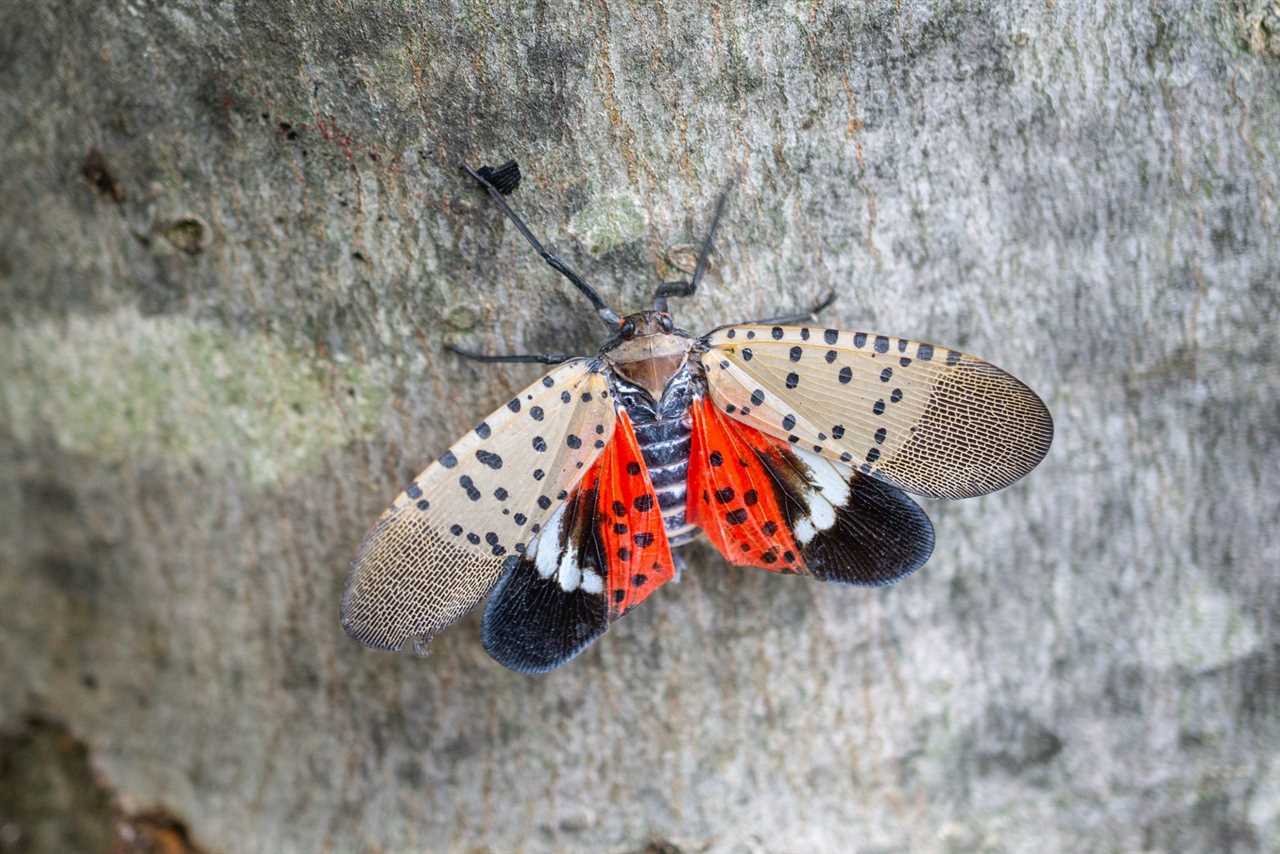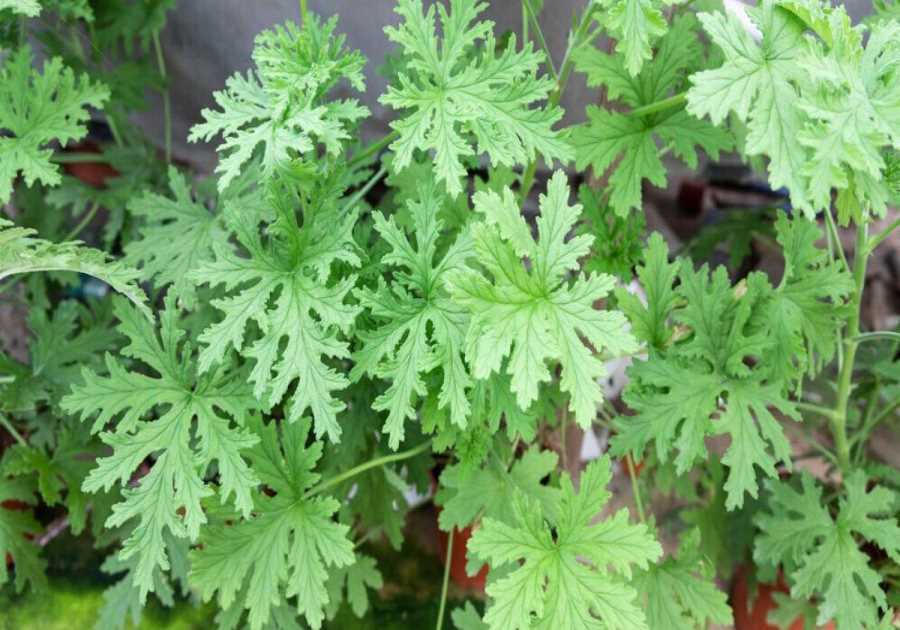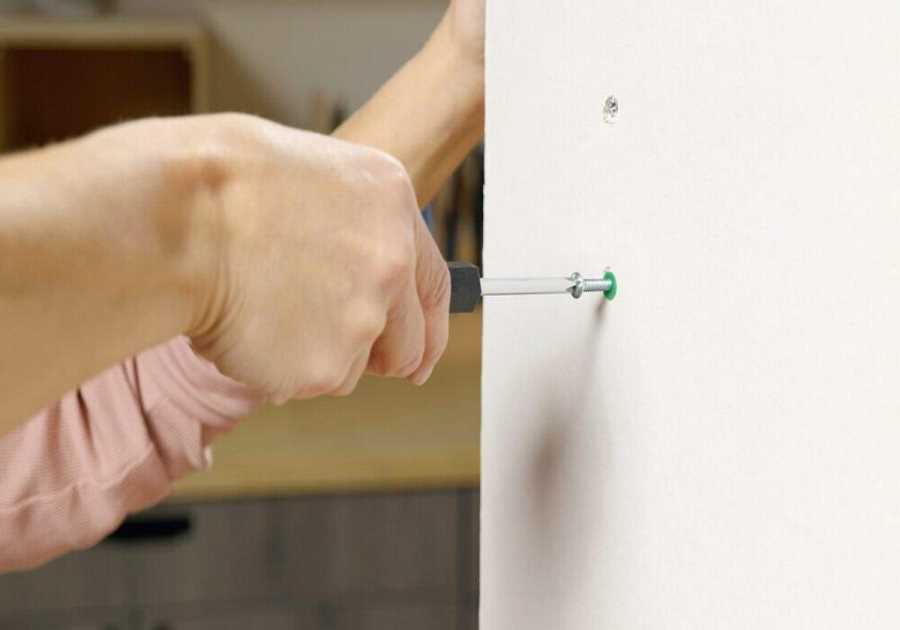
What is an Invasive Insect?
The difference between an invasive and a non-invasive insect is significant. While various types of insects can — and do — invade your space (who hasn’t had an entire colony of ants turn up in the kitchen overnight?), the meaning of ‘invasive’ is specific, says Katelyn A. Kesheimer, Ph.D., an entomologist with the Alabama Cooperative Extension System.
Invasive insects are:
- Not native to a certain area.
- Introduced to that area by humans, intentionally or unintentionally. Arrival from other countries via shipping container is common. They also like to “hitchhike” on RVs, firewood, plants and outdoor equipment. Sometimes they even arrive via the mail, according to the United States Department of Agriculture.
- Capable of causing environmental harm to other insects, the landscape and native species, or cause economic loss to humans.
An insect must be all three to carry the ‘invasive’ label, Kesheimer says. A non-native insect that somehow arrived naturally but doesn’t create any sort of nuisance? Not invasive. A non-native insect introduced by humans that doesn’t damage anything? Also not invasive.
What To Do About Invasive Insects
Unfortunately, once they’re here and start proliferating, controlling invasive insects can be difficult. To make sure you’re not inadvertently lending a hand to an invasive insect’s quest to multiply, you should always:
- Refrain from transporting firewood from one location to another. If you need firewood for camping, buy it when you arrive at your destination instead.
- Clean off all your equipment before you head home from any sort of outdoor recreational activity — camping, fishing, backpacking, visiting your cabin, etc.
- Inspect plants and soil for bugs before placing them in your yard, garden or flower beds. Nurseries normally do this, but you should double-check.
- Contact your state’s extension service for instructions if you come across an invasive insect, Kesheimer says. They can tell you about the most appropriate interventions and let you know whether to report it to the United States Department of Agriculture. What to do will depend on your location.
- Avoid using insecticides or other products to kill insects, unless the pro you talked to at the extension service recommends it.
All of this will depend, of course, on the specific invasive insect you are dealing with. Hundreds of varieties are out there, but here are a few of the ones you might find in the U.S., as well as general information and basic tips on how to manage them.
Did you miss our previous article...
https://rsssuperfeeds.com/life-hacks/ten-types-of-light-fixtures-to-lighten-your-home






